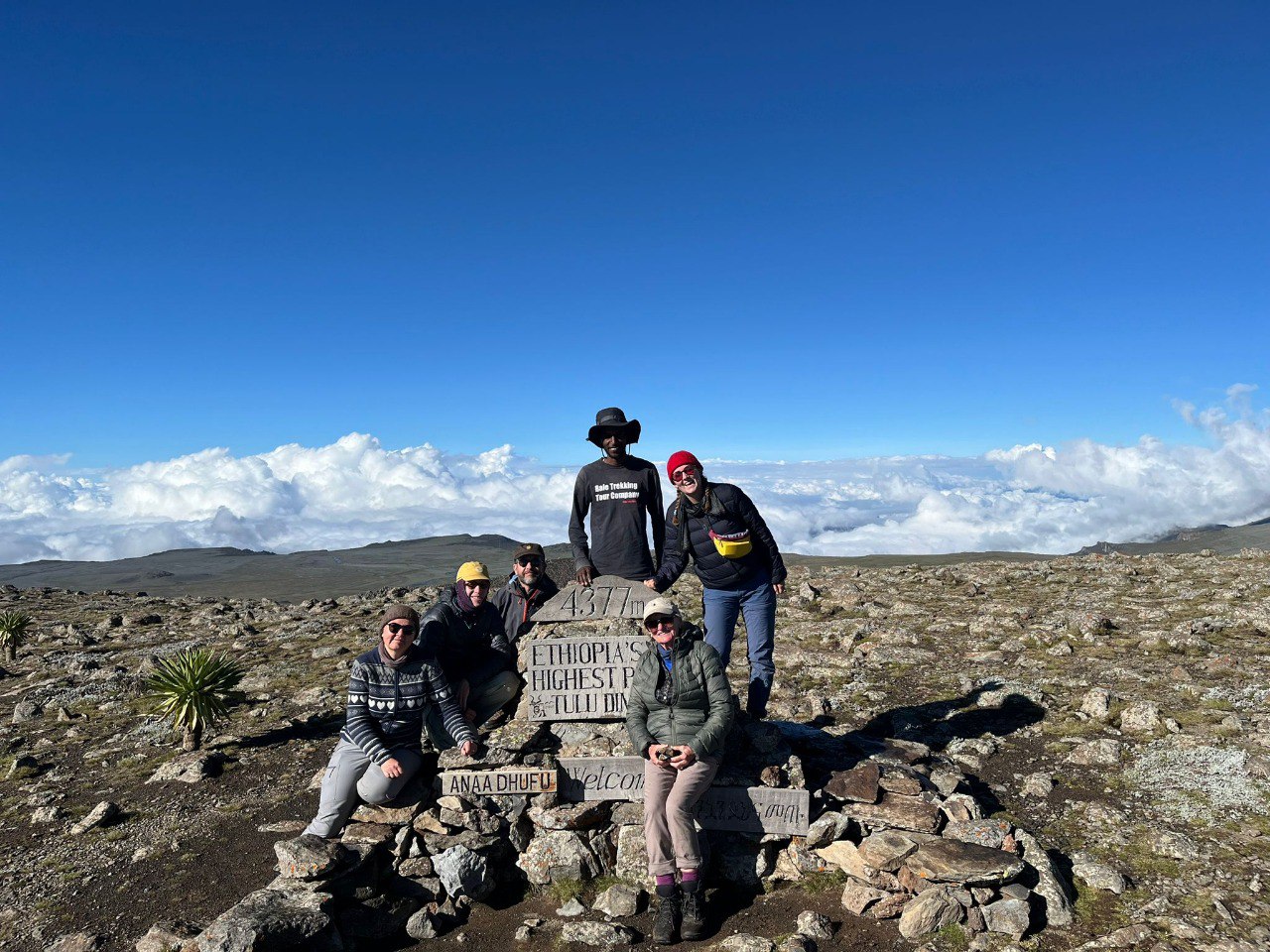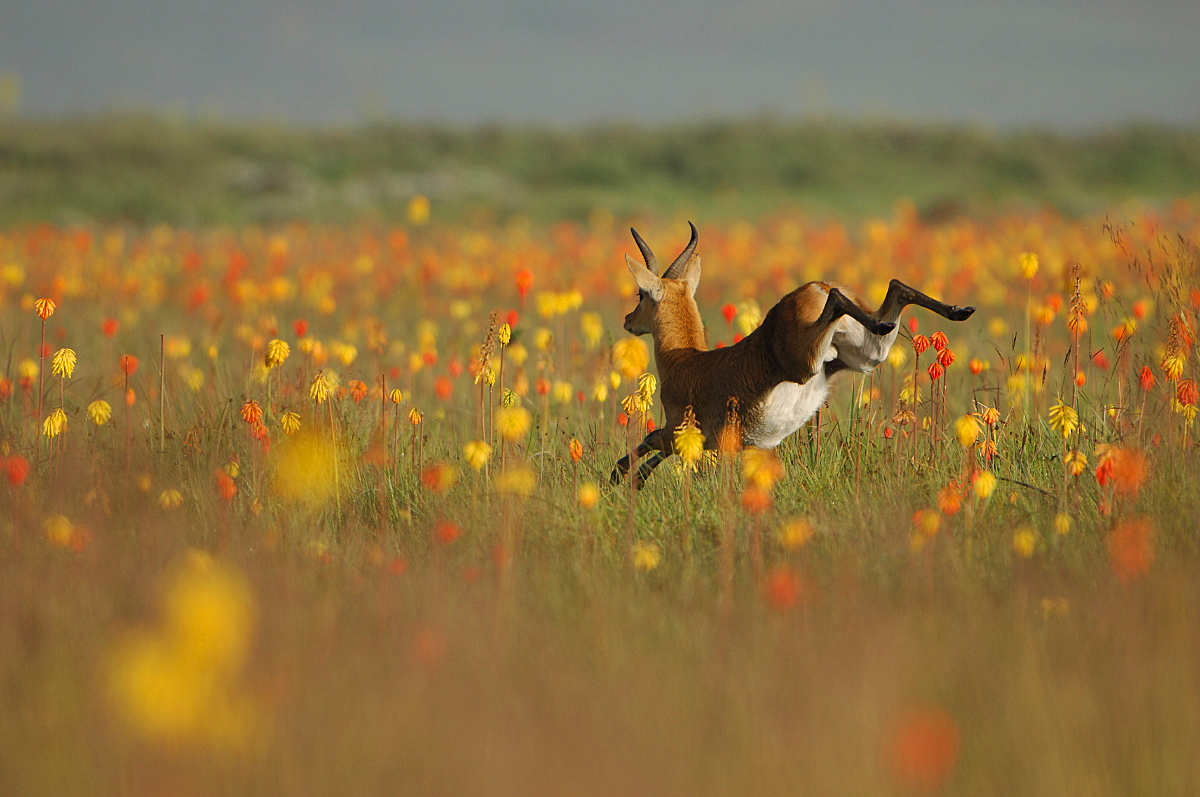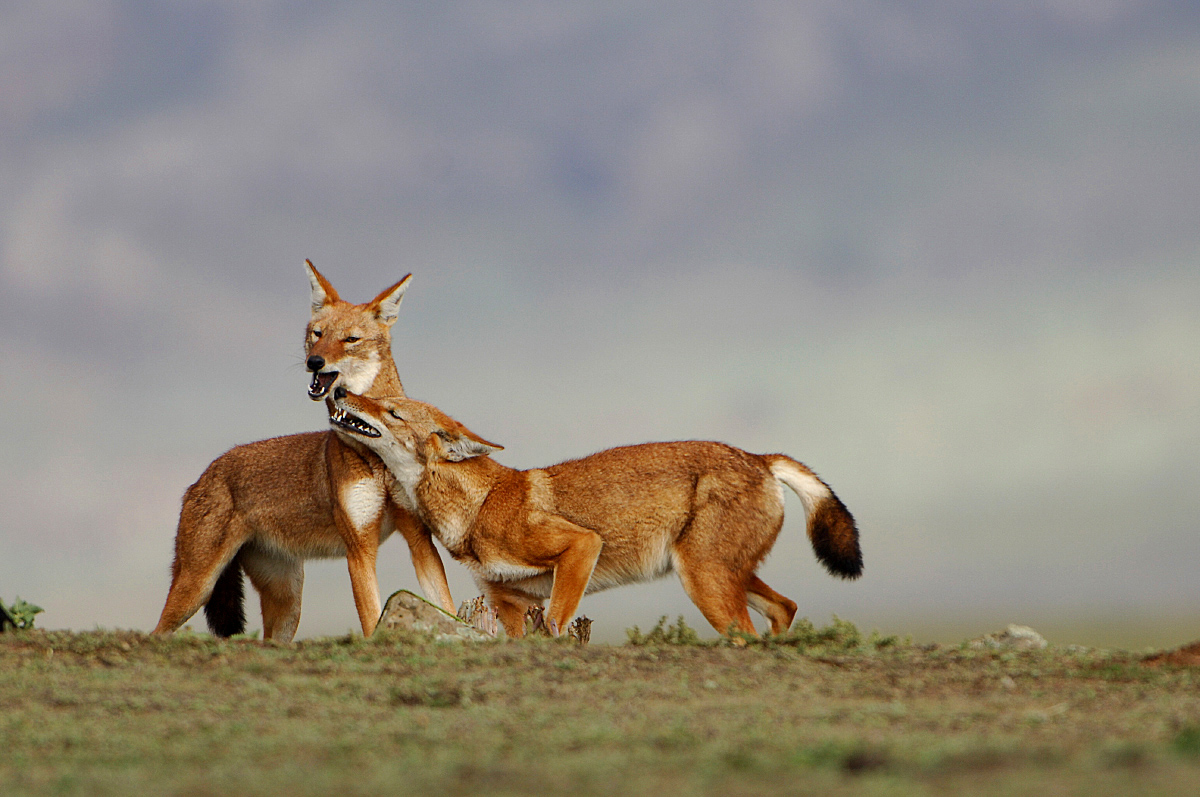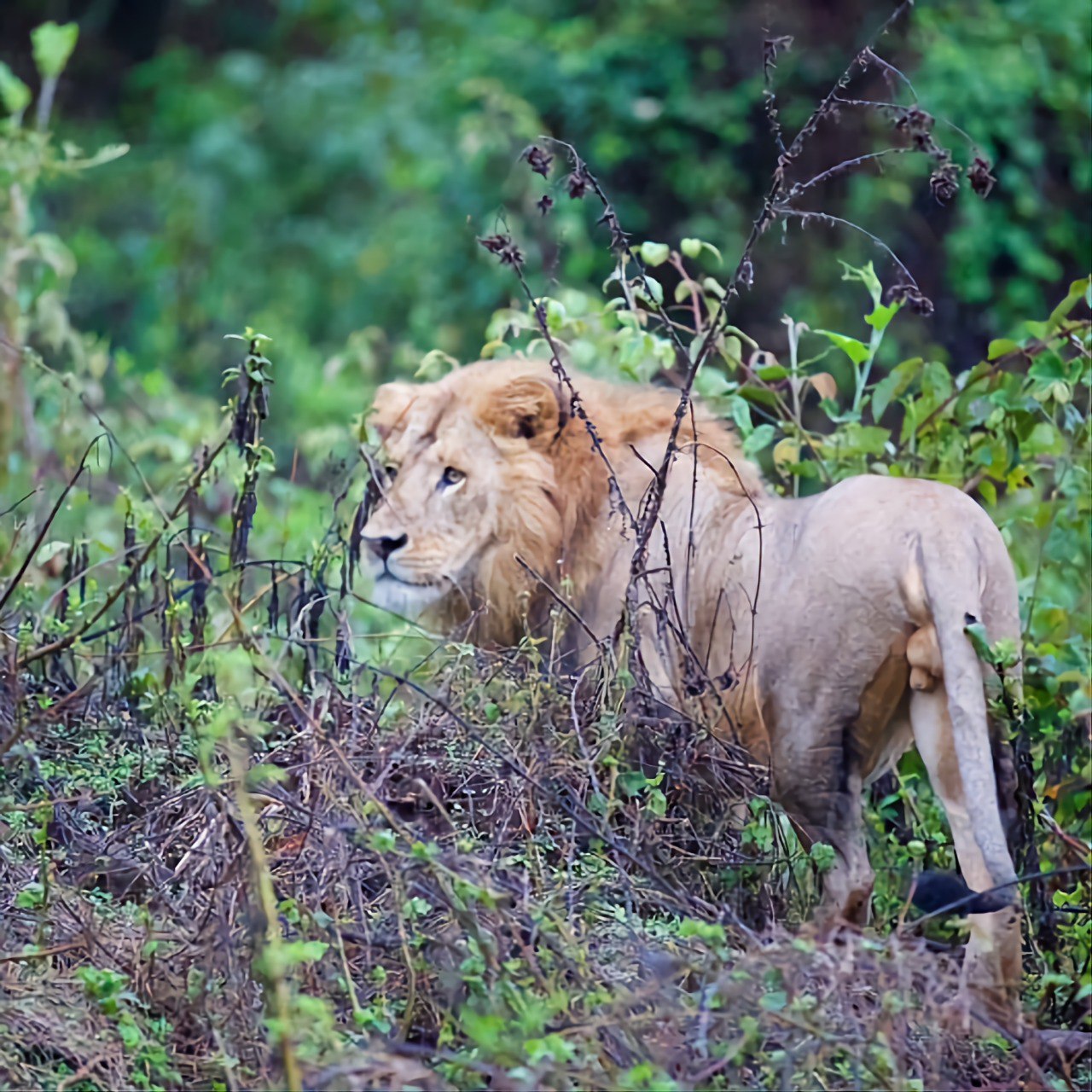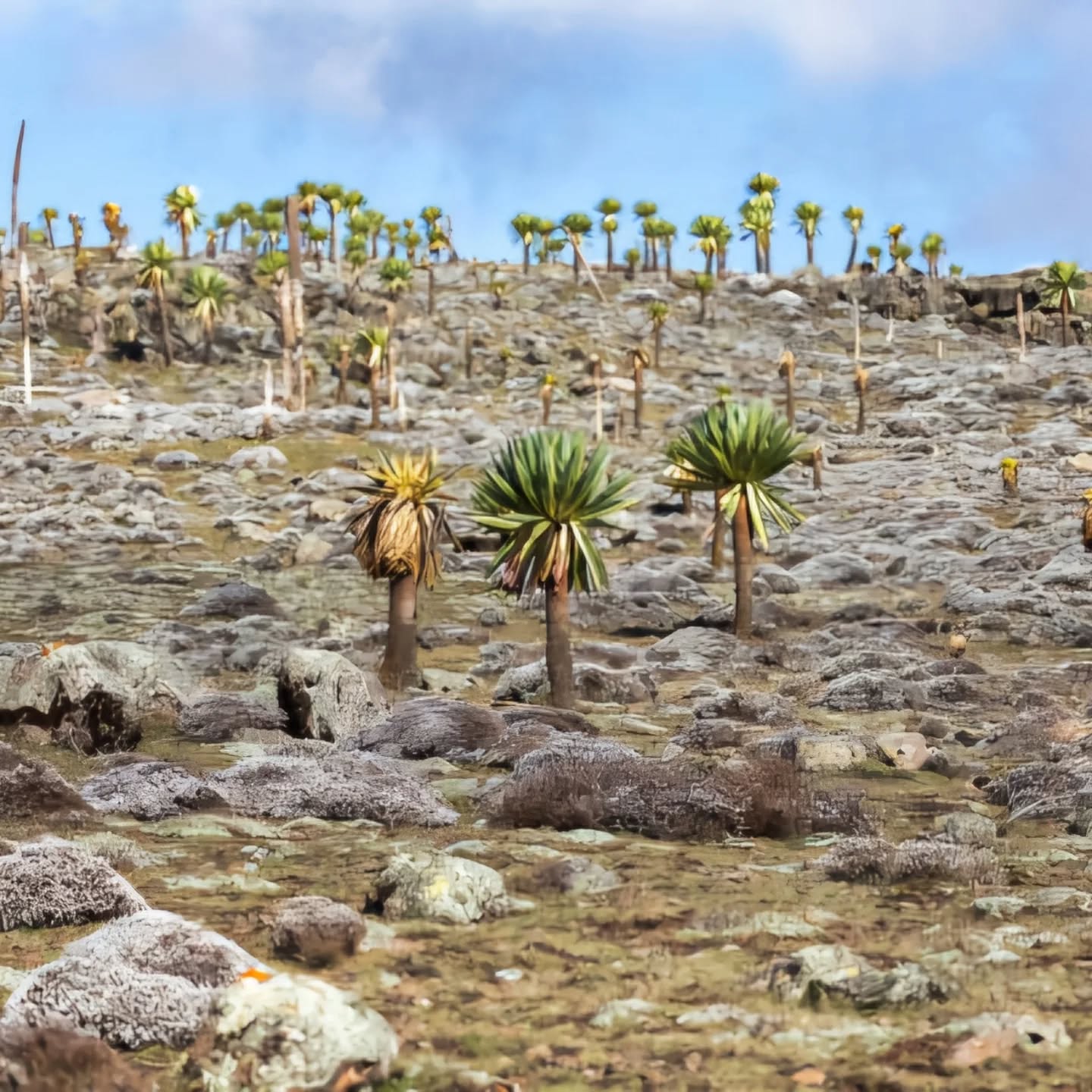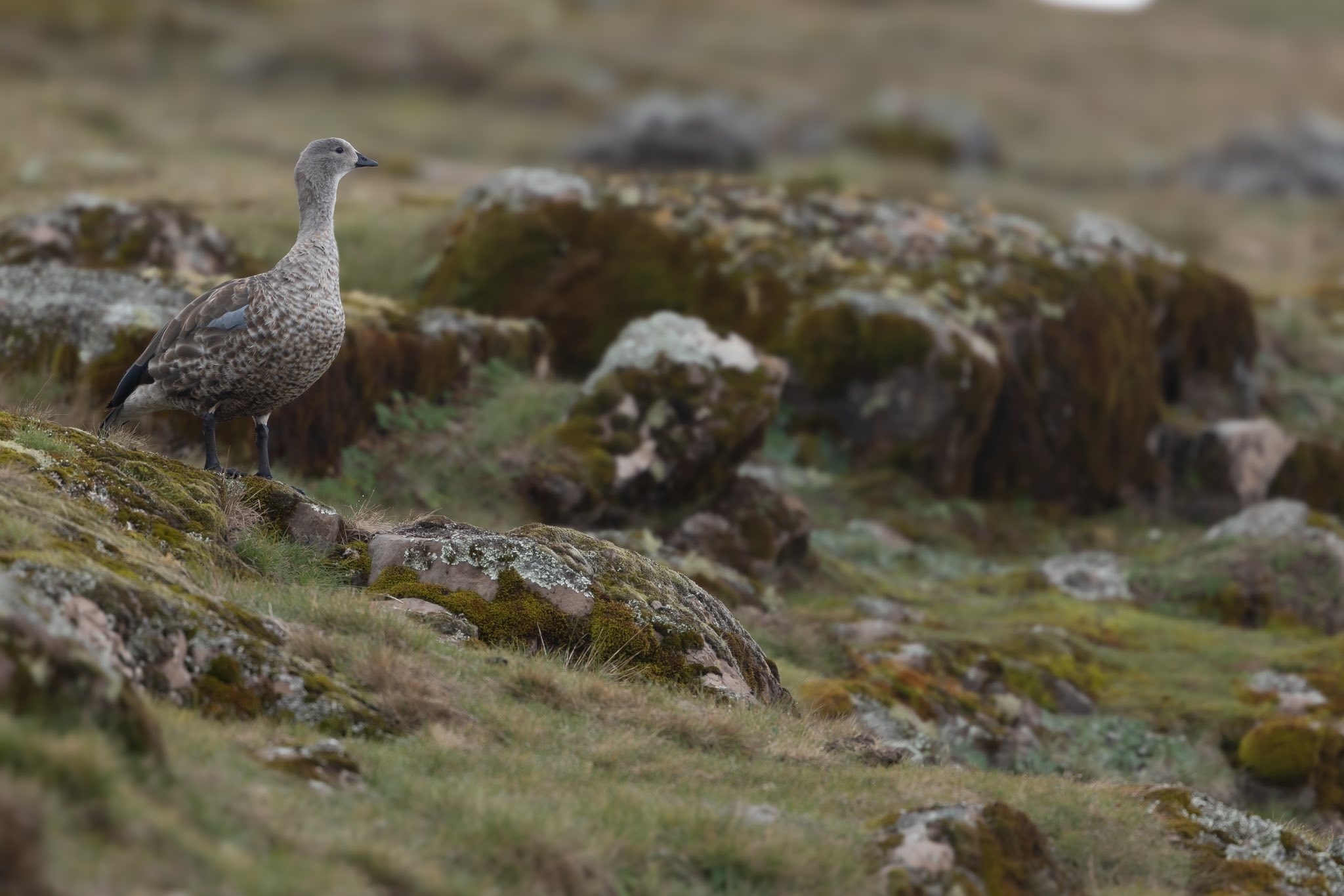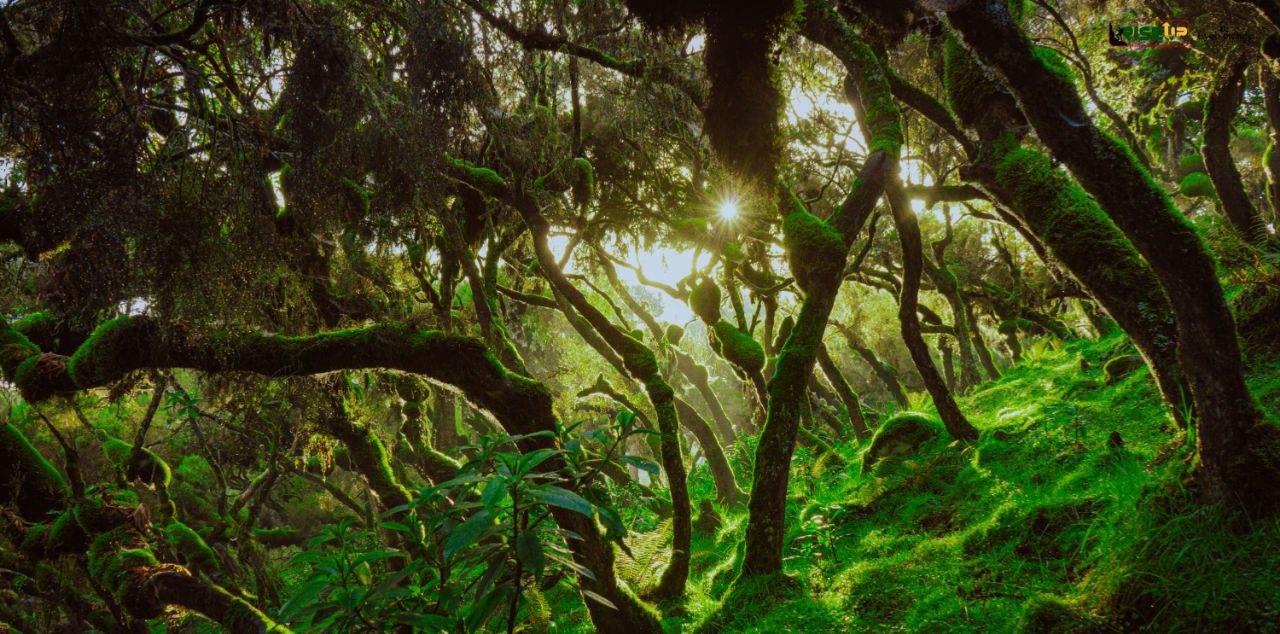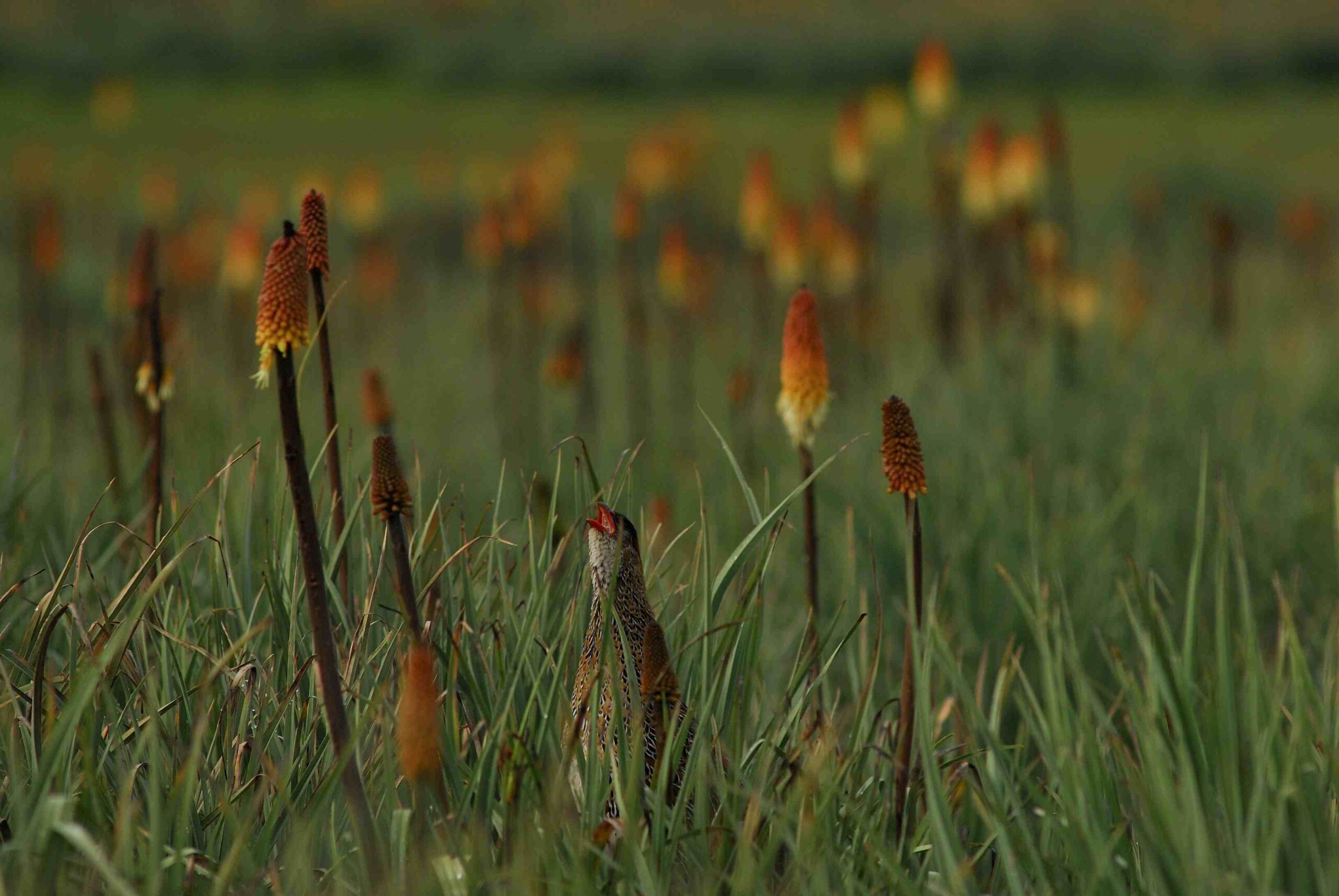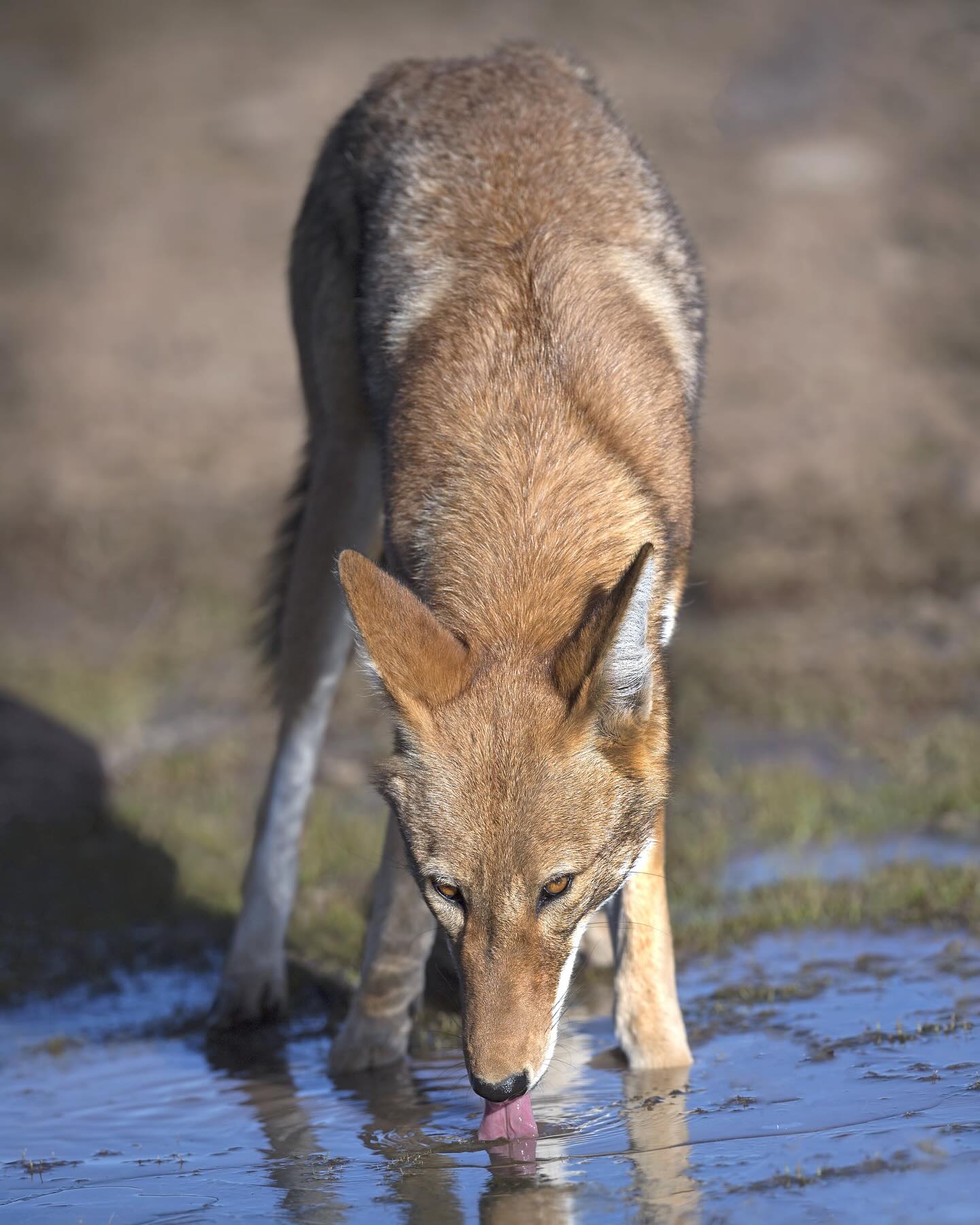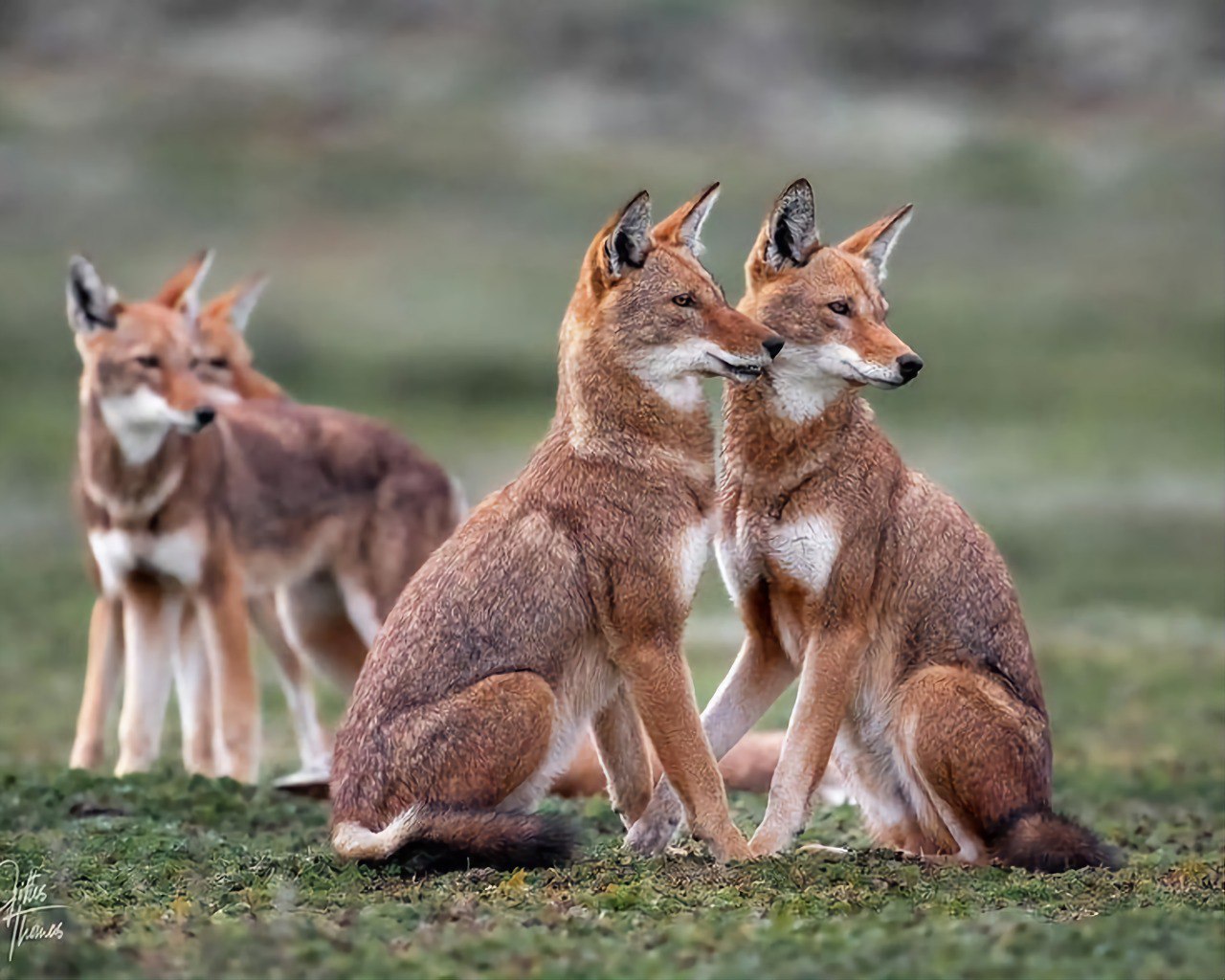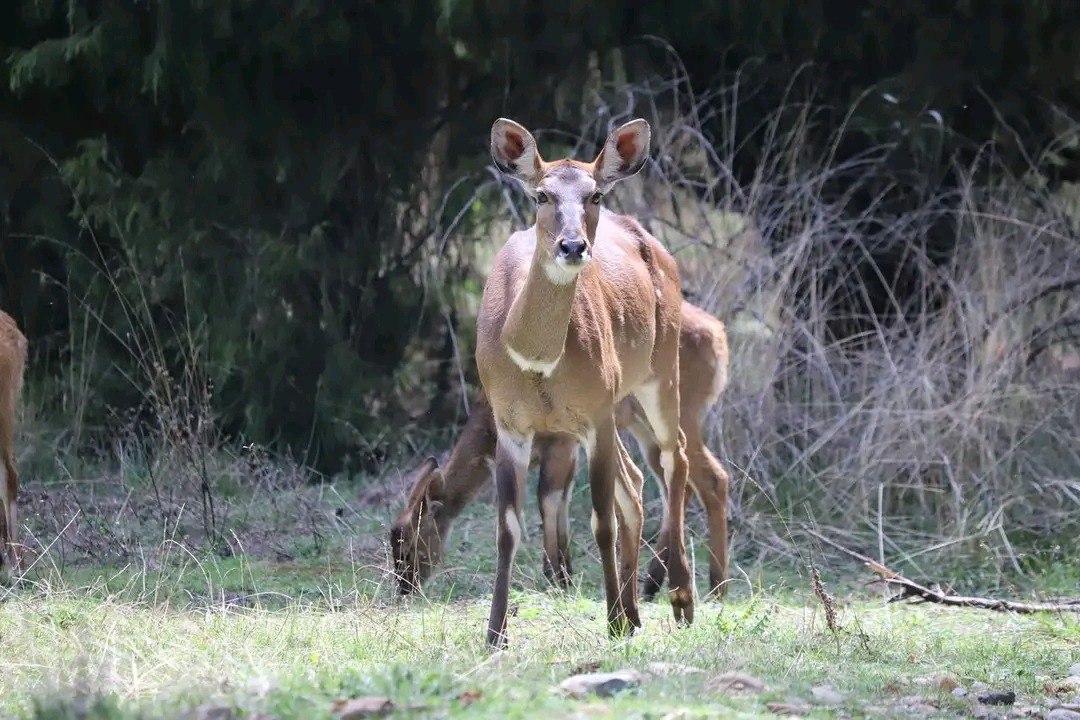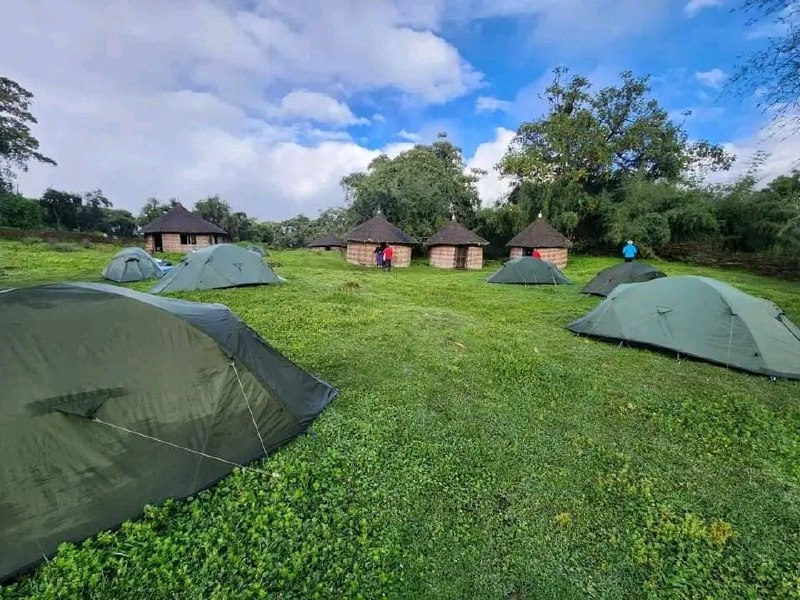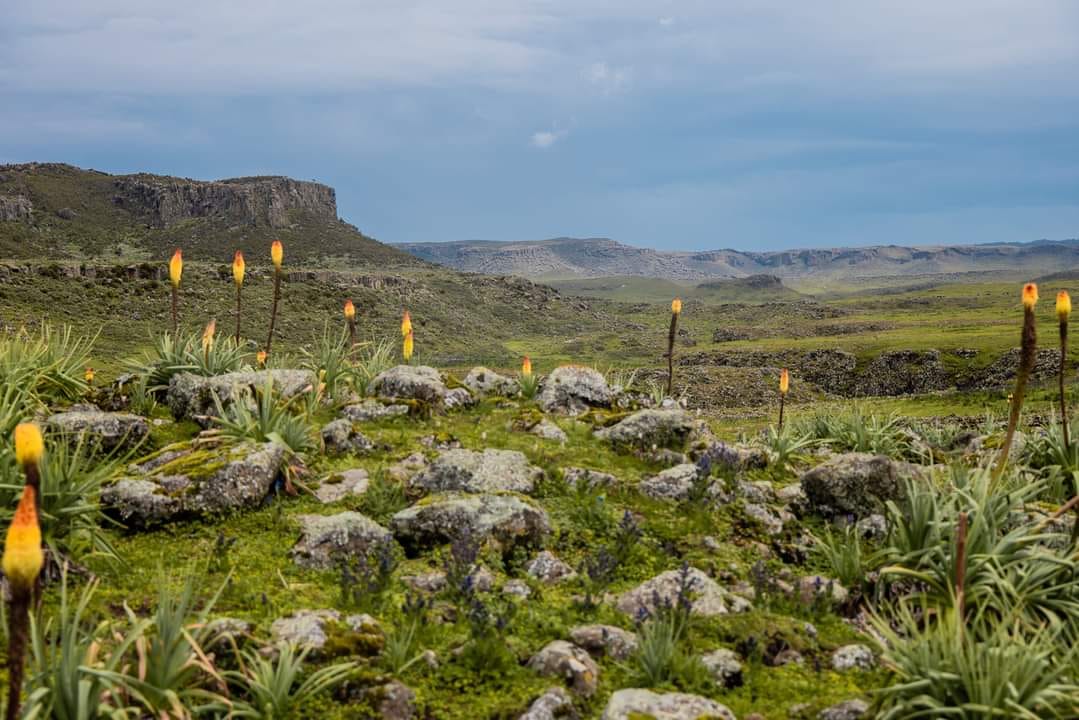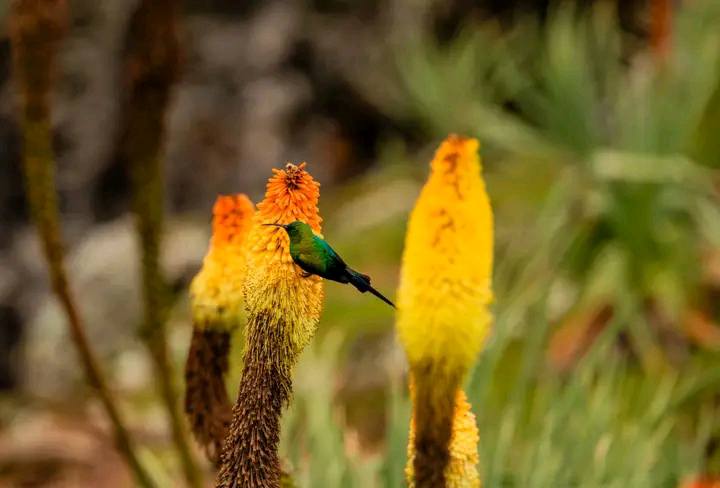Overview
Bale Mountains Brilliant Tours offers expertly guided Ethiopia holidays, from adventure and wildlife tours to cultural and religious journeys. Based in Ethiopia and awarded “Best Local Tourist Guide” by the Oromia Tourism Commission in 2023, we specialize in tailor-made itineraries for individuals, groups, and professionals. Whether you’re into trekking, birdwatching, photography, or exploring Ethiopia’s rich heritage, our multilingual team ensures a personalized and unforgettable experience. With 24/7 support, customized packages, and deep local knowledge, Bale Mountains Brilliant Tours is your trusted partner for discovering Ethiopia’s diverse landscapes and traditions.
Bale mountains national park ethiopia
Login to your account
Register as a traveller if you are looking for deals
Register as a travel partner if you offer amazing safaris


